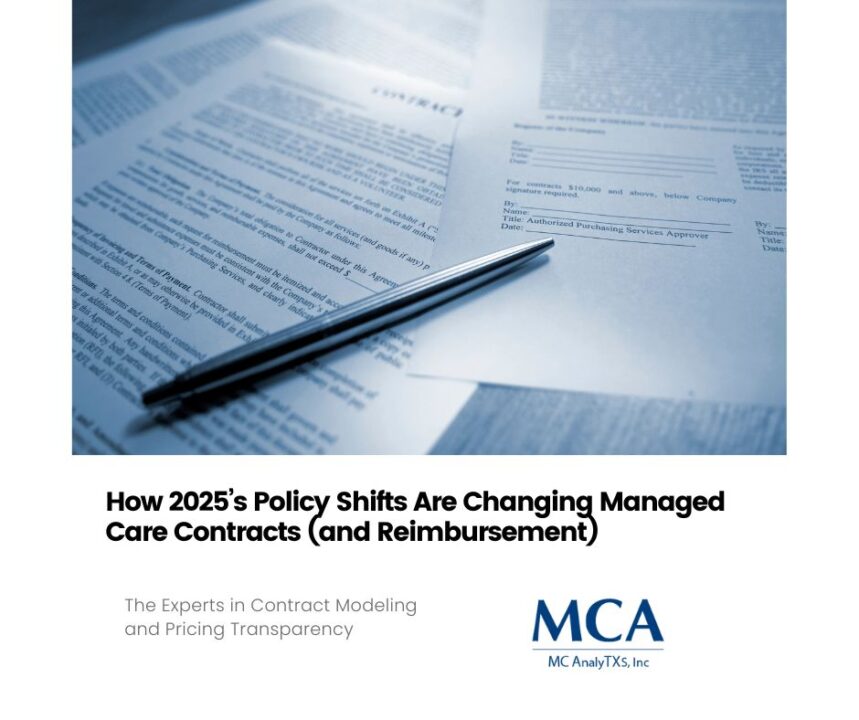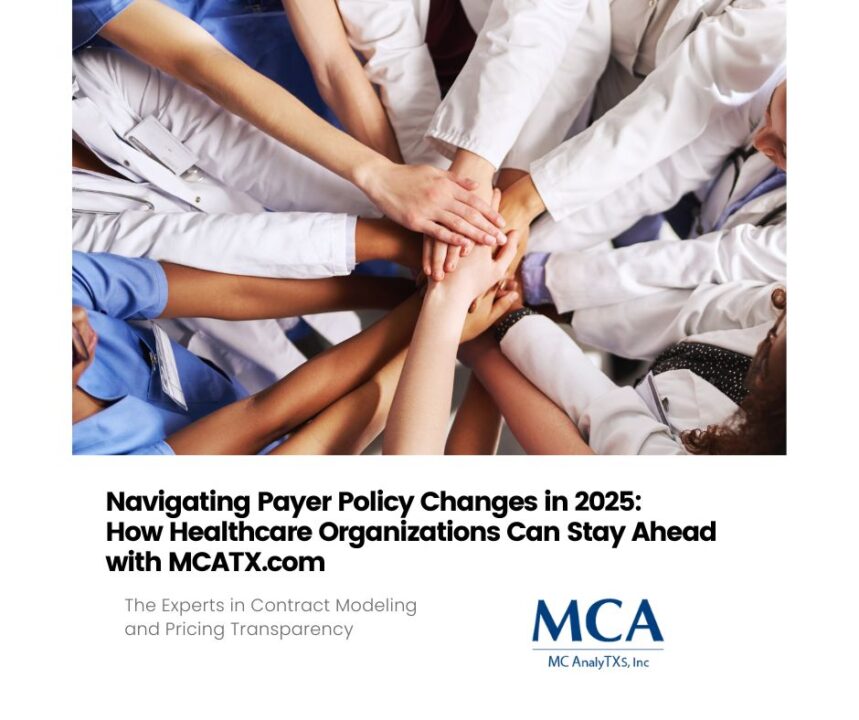

Transform Your Organization’s Revenue Cycle into Cash Flow
In the intricate world of healthcare, where patient care meets financial management, the significance of an optimized revenue cycle cannot be overstated. Revenue Cycle Management (RCM) serves as the backbone of financial stability, weaving together the intricate threads of patient management, billing, and revenue collection. For managed care directors and revenue cycle vice presidents, understanding and improving RCM is crucial to ensure a smooth cash flow that supports both the operational and strategic goals of healthcare institutions. This article aims to unravel the best practices for enhancing cash flow through effective RCM, offering insights, practical strategies, and real-world examples that demonstrate the power of streamlined processes.
Understanding the Revenue Cycle Process
At its core, the revenue cycle encompasses the entire financial process, from the moment a patient schedules an appointment to the final collection of payment for services rendered. This intricate cycle can be broken down into several key stages, each with its unique challenges and opportunities for optimization. From patient registration and verification to coding, billing, and claims management, every step plays a vital role in ensuring timely revenue collection. Yet, it is in these stages that many healthcare organizations face hurdles, often resulting in delayed payments and cash flow issues.
Common challenges within the revenue cycle include inaccurate patient information, improper coding, and claim denials, all of which can significantly impact cash flow. Managed care directors and revenue cycle vice presidents must be vigilant in identifying and addressing these obstacles to maintain a steady revenue stream. Optimizing each stage of the cycle not only improves cash flow but also enhances the overall financial health of the organization, enabling the delivery of high-quality patient care without financial constraints.
Best Practices for Enhancing Revenue Cycle Performance
To enhance revenue cycle performance, healthcare organizations must adopt best practices that streamline operations and reduce inefficiencies. One crucial aspect is implementing efficient patient registration and insurance verification processes. Accurate patient data collection and verification ensure that claims are processed without delays or denials, thereby improving cash flow. Furthermore, training staff to efficiently verify insurance details and eligibility can prevent costly errors that affect revenue collection.
Equally important is the accuracy and timeliness of coding and billing. Ensuring that medical records are coded correctly and promptly submitted for billing is essential for avoiding claim denials and rejections. Employing certified coders and billing specialists who are well-versed in the latest coding standards and regulations can greatly enhance the accuracy of claims, leading to quicker reimbursement and improved cash flow.
The integration of technology and analytics is another powerful strategy to optimize revenue cycle operations. Advanced analytics tools can identify bottlenecks, monitor key performance indicators, and provide actionable insights for continuous improvement. By leveraging technology, healthcare organizations can automate routine tasks, reduce manual errors, and gain comprehensive visibility into the revenue cycle, ultimately driving better financial outcomes and cash flow stability.
Conclusion
In conclusion, improving cash flow through effective revenue cycle management is a critical endeavor for healthcare organizations seeking financial stability and operational excellence. By understanding the revenue cycle process, adopting best practices, and leveraging technology and analytics, managed care directors and revenue cycle vice presidents can transform their organizations’ financial health.
For healthcare leaders committed to enhancing cash flow and optimizing revenue cycle performance, the time to act is now. By evaluating and refining their RCM strategies, organizations can achieve greater efficiency, reduce costs, and ultimately deliver superior patient care. Join our next webinar and take the proactive steps to unlock the full potential of revenue cycle management in your organization.





